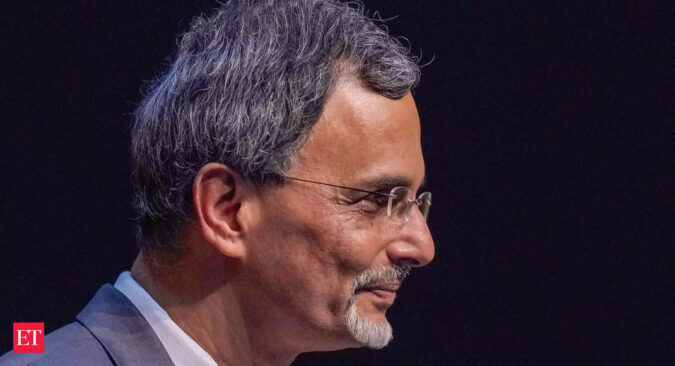“Given the high frequency indicators and the pace at which they are recovering, I do believe that the current year’s (GDP numbers)… are more likely to (be) revised upward than downward,” he said here.
Real GDP or GDP at Constant (2011-12) Prices in the year 2022-23 is estimated at Rs 159.71 lakh crore as against the first revised estimate of GDP for the year 2021-22 of Rs 149.26 lakh crore.
The growth in real GDP during 2022-23 is estimated at 7 per cent as compared to 9.1 per cent in 2021-22, the NSO had said.
The growth slowed to 4.4 per cent in the October-December quarter, mainly due to a contraction in the manufacturing sector, as per the data released by the NSO.
On Tuesday, the NSO revised GDP growth data for the past three years — 2019-20, 2020-21 and 2021-22 — and also released the second advance estimate of GDP for 2022-23.
While the growth rate for 2021-22 has been revised up by 40 basis points to 9.1 per cent from 8.7 per cent, the GDP for 2020-21 too has been revised upwards to (-) 5.8 per cent from (-) 6.6 per cent. For 2019-20 also, the growth has been revised upwards to 3.9 per cent from 3.7 per cent.
Nageswaran said the rising interest rates need not necessarily be a cause of lower growth but simply reflects the fact that there is healthy underlying demand for credit.
Real interest rate is not very high at the moment, he said, adding there is pent up demand in certain sectors.
About rural inflation remaining high, he said it doesn’t take into account the fact that bulk of the population may be getting their essential food grains at zero cost.
On the economic benefit of digitisation, he said that digital transactions enable increase in formalisation.
“My guesswork is that it is adding between 30 and 50 basis points per annum to the provisional GDP… Nobody has yet done the proper estimation of what the digital infrastructure is adding to the overall potential economic growth (and) that needs to be worked out,” he said.
